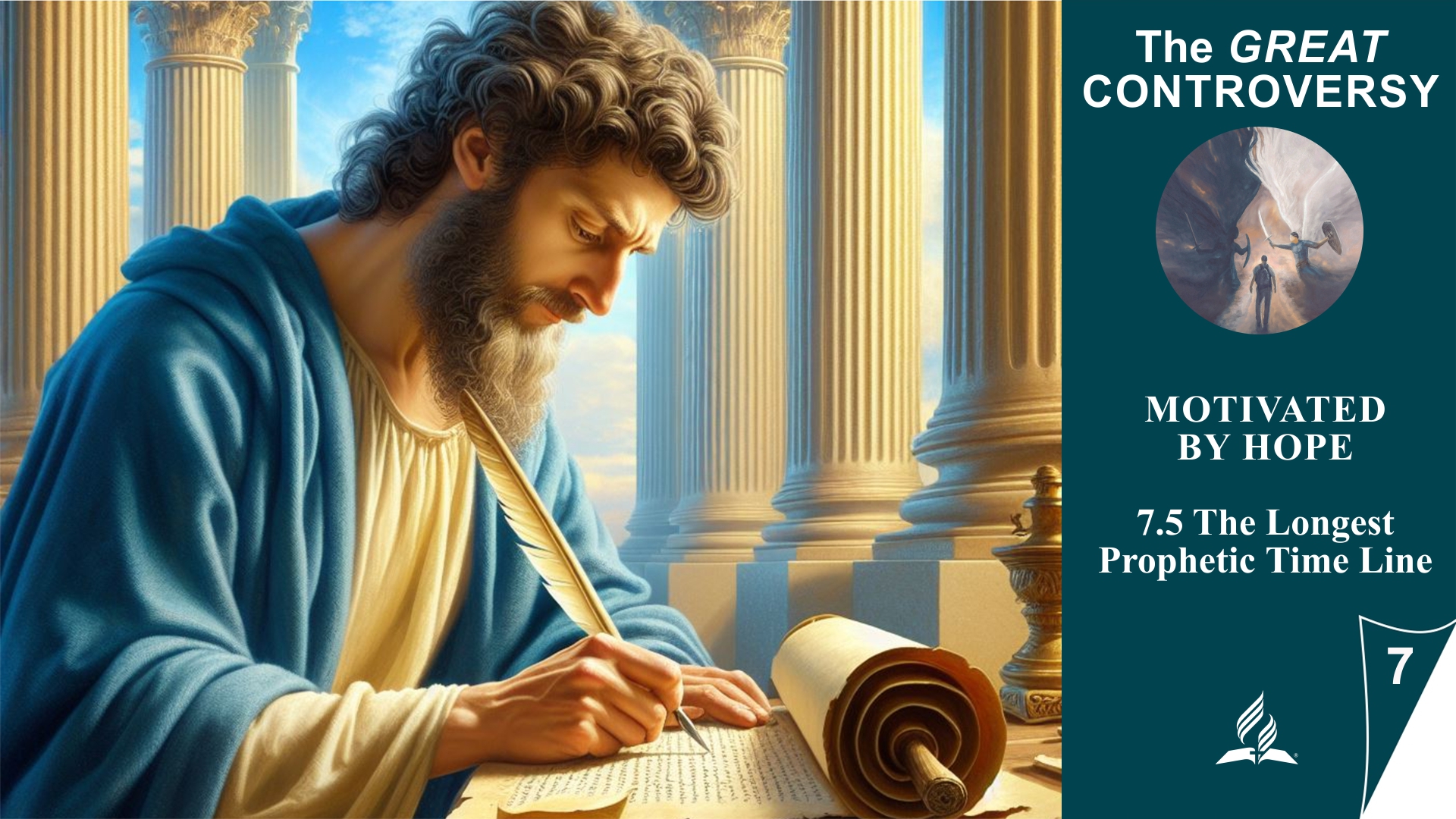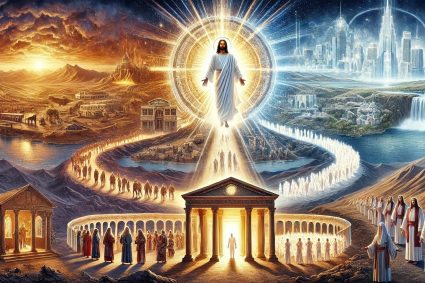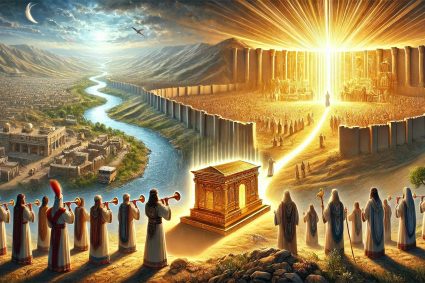


7.5 The Longest Prophetic Time Line
The Timeframe of Prophecy: Daniel 8:14 and the Advent Movement
Read Ezra 7:7–13. When was the decree issued allowing the Israelite captives in Persia to return to rebuild their temple?
The decree allowing the Israelite captives in Persia to return to rebuild their temple was issued in 457 BC by King Artaxerxes of Persia. This decree was the last of three decrees that allowed the Jews to return to Jerusalem to restore the temple and resume temple worship. It marks the beginning of the 2300-year-day prophecy.
Read Daniel 9:25–26. When would this entire prophetic time period begin? What significant events do these verses predict?
According to Daniel 9:25–26, this entire prophetic time period of 483 years begins with the decree to rebuild Jerusalem. This event occurred in the autumn of 457 BC. The verses also predict significant events: In the autumn of AD 27, Christ was baptized and received the anointing of the Holy Spirit. After His baptism, He began preaching the gospel of God and declared that the time was fulfilled. Then, in the spring of AD 31, approximately three and a half years after His baptism, Jesus was crucified, marking the end of the Old Testament sacrificial system.
Read Daniel 9:27. How would the prophecy of the 70 weeks end?
Daniel 9:27 prophesies that the 70 weeks would end by saying, “And in the midst of the week he shall cause the sacrifice and the oblation to cease.” This prophecy suggests that in the middle of the final week of the 70-week period, an event would occur related to the cessation of the sacrificial and oblation service.

The connection of these prophetic time periods with our everyday life and faith is profound. It reminds us that God sovereignly rules over history and fulfills His plans and promises over time.
Firstly, it shows us that God’s timetable is precise and accurate. Though it may sometimes be challenging to understand or accept God’s timing, we can trust that His promises will be fulfilled at the right time, as evident in the prophecies of the Old Testament and particularly in the events surrounding Christ’s first coming.
Secondly, contemplating these prophecies encourages us to seriously study God’s Word and trust in it. Seeing how historical events align with prophetic time periods strengthens our faith in the reliability of the Bible and encourages us to accept it as divine revelation.
Thirdly, this reflection reminds us that we live in a time of fulfillment. The events surrounding Christ’s first coming have significant implications for our relationship with God and our eternal salvation. By studying and understanding the prophetic time periods, we recognize the importance of these events for our daily lives and our faith.
Overall, these prophetic time periods teach us to trust in God, study His Word, and understand the significance of historical events in light of His promises. They remind us that God was faithful in the past and will be faithful in the future, encouraging us to place our trust and hope in Him.

Reflecting on these prophetic time periods reminds us that God’s timetable is precise, and His promises are fulfilled at the right time.
Visited 62 times, 1 visit(s) today






